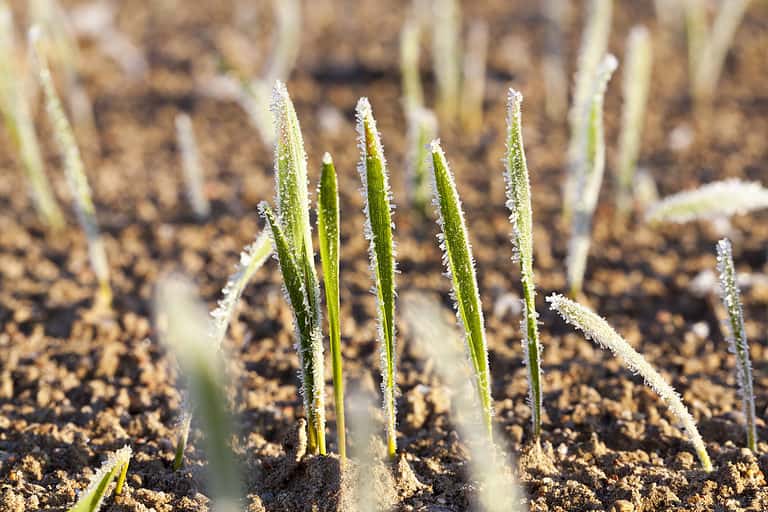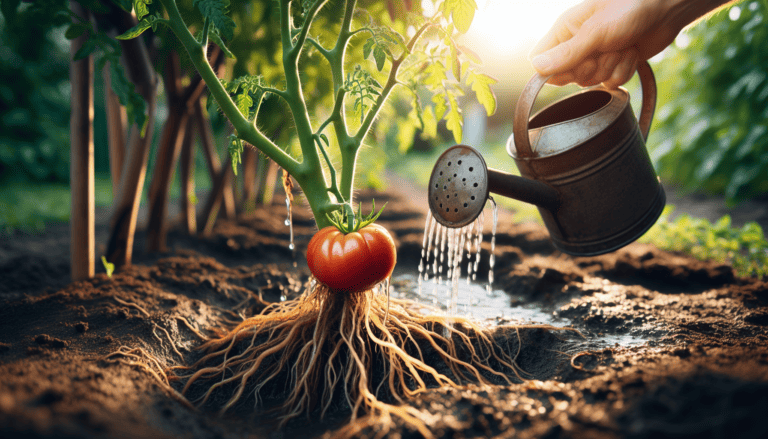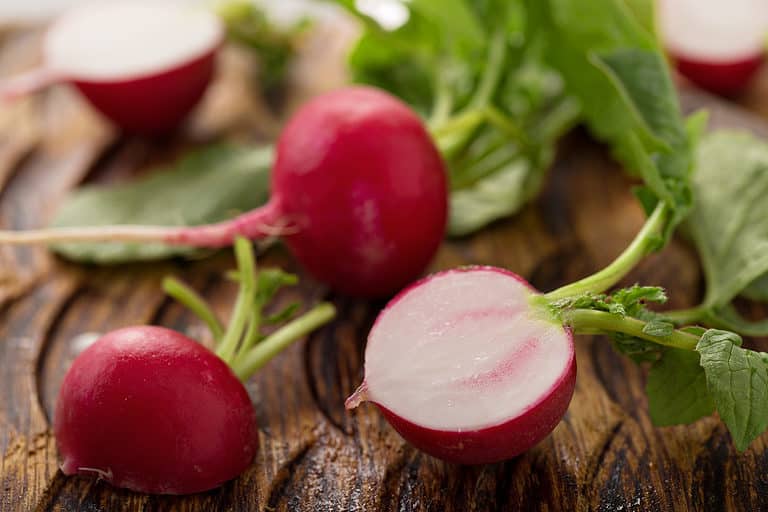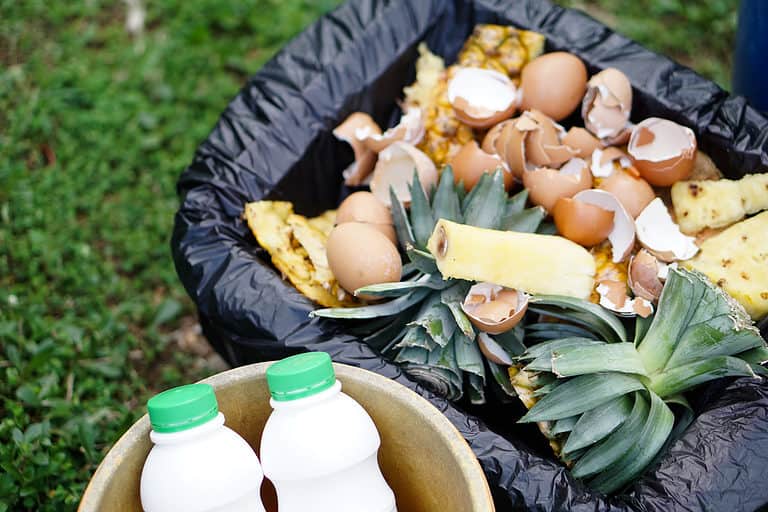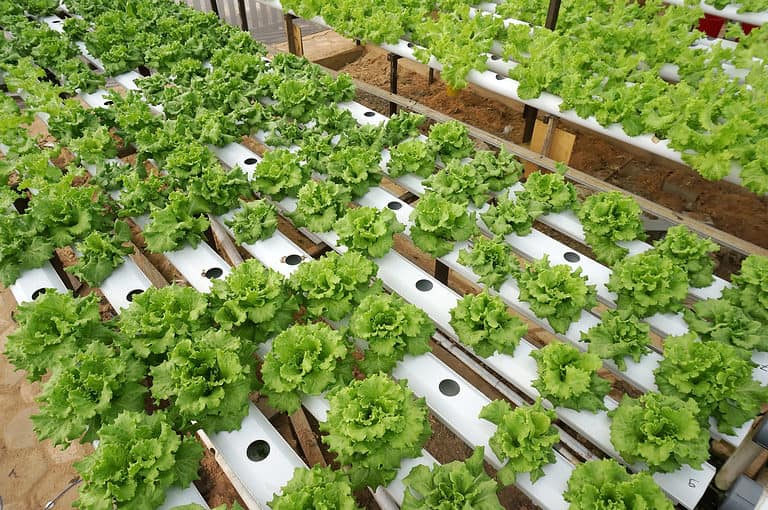What are the Benefits of No Till Gardening
No till gardening is a method of growing plants without disturbing the soil through tillage, or the process of using a tool like a plow to turn and loosen the soil. This approach to gardening has become increasingly popular in recent years due to the many benefits it provides for both the environment and the plants being grown.
Why You Should Use No Till Gardening
1. Improved Soil Health
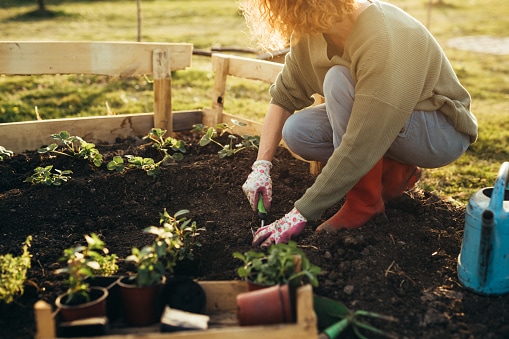
One of the primary benefits of not tilling your garden is that it helps to improve soil health. When soil is tilled, the structure of the soil is disrupted, which can lead to compaction and erosion. This can make it more difficult for water and nutrients to reach the roots of plants, leading to poor growth and reduced yields.
By contrast, no till gardening helps to preserve the structure of the soil, allowing water and nutrients to more easily reach the roots of plants. This can result in healthier plants and higher yields.
2. Less Impacts on the Ecosystem
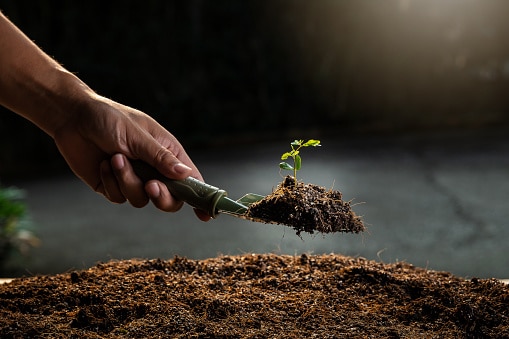
No till gardening is also beneficial for the environment. When soil is tilled, it releases carbon dioxide into the atmosphere, contributing to climate change. By avoiding tillage, no till gardening helps to reduce the amount of carbon dioxide released into the atmosphere. This makes it a more sustainable method of growing plants.
3. Saves Time and Energy
In addition to these benefits, not tilling your garden can also save time and energy. Tilling soil can be labor-intensive. Also, it requires the use of machinery, which can be costly in terms of both time and money. By avoiding tillage, no till gardeners can save time and energy that would otherwise be spent preparing the soil.
Cons of No Till Gardening
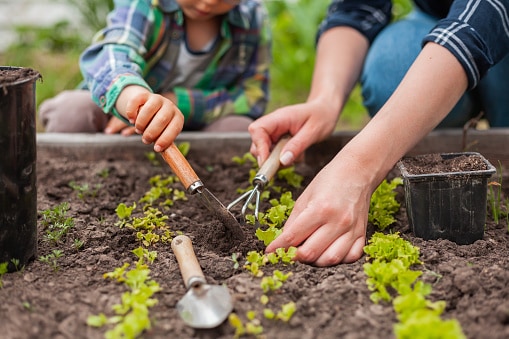
There are also a few drawbacks to this gardening technique to consider. For example, it can be more challenging to control weeds in a no till garden, as the soil is not being disturbed and weeds are not being pulled up. However, there are techniques that can be used to control weeds in a no till garden, such as using mulch or planting cover crops.
The Low-Downs
Overall, the benefits of no till gardening far outweigh any potential drawbacks. By preserving the structure of the soil, improving soil health, and reducing the release of carbon dioxide into the atmosphere, no till gardening is a valuable method for growing plants. It is worth considering for any gardener looking to improve the sustainability of their gardening practices.

